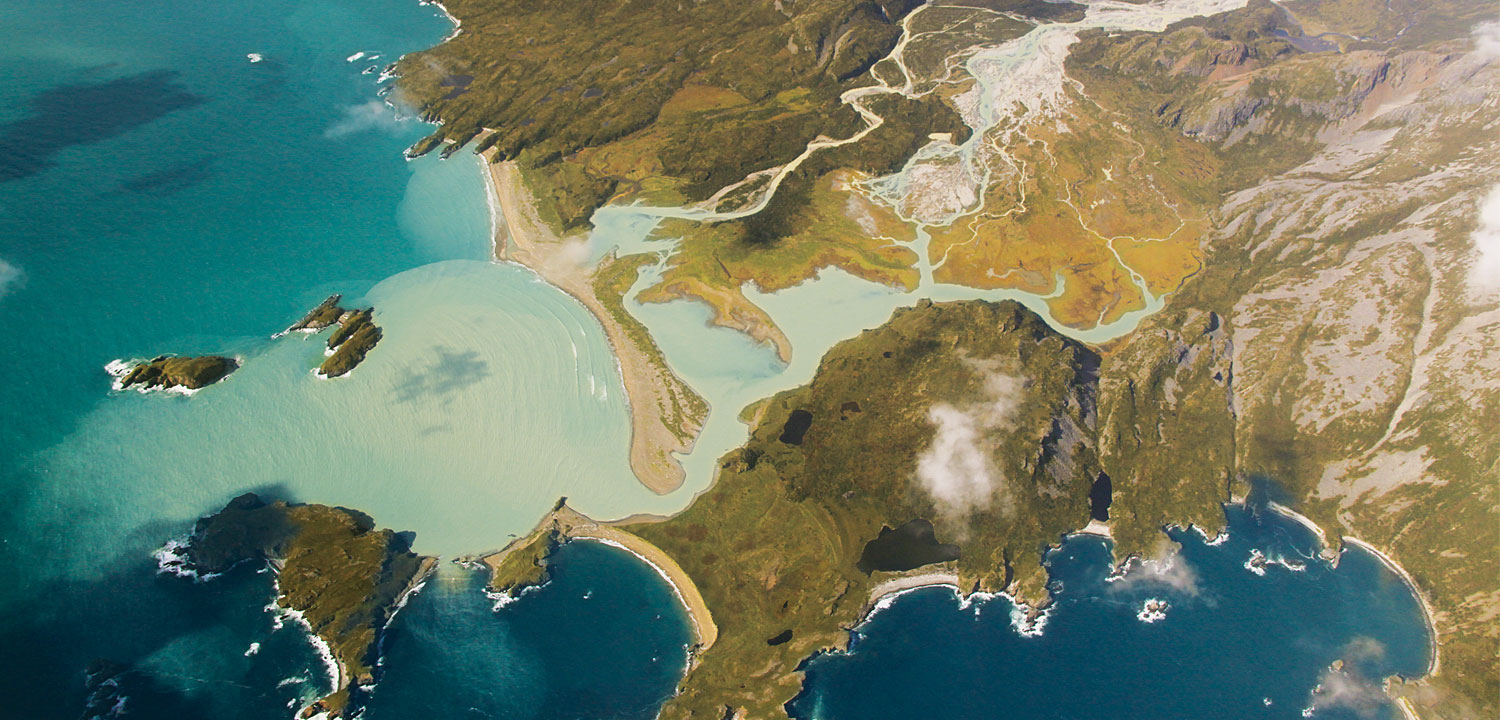Clean Water Act shield remains in place, for now, as Pebble Mine permitting proceeds and long-term protection efforts continue.
On Friday, the EPA announced that it won’t yet withdraw proposed Clean Water Act protections for Bristol Bay, Alaska, which were developed by the Obama Administration. It delayed a final decision on those protections to a later date, in order to gather more information.
This is a positive step forward for the region and towards long term protection for the greatest sockeye salmon fishery on Earth.
The agency, including career staff who have studied Bristol Bay for many years, showed it was listening to more than a million public comments delivered this fall. Those came from people across the country and, most critically, from Alaskans and Bristol Bay residents. Alaskans have been asking for Clean Water Act protections for Bristol Bay for a long time. And, despite a deal in May between EPA Administrator Scott Pruitt and Canadian mining company Northern Dynasty that kick started the Pebble permitting process, the door may be open for further dialogue between salmon advocates, Alaskans and the current EPA.
Alaskans have the most at stake in protecting Bristol Bay, including a commercial fishery worth $1.5 billion and 14,000 jobs, a culturally important subsistence fishery that supports dozens of Alaska Native communities, and a world famous sport fishing destination that brings in $250 million a year to lodges and guides in the region.
That’s why 65% of Alaskans, and 80% of the Bristol Bay residents have come out against the mine. Gov. Bill Walker said this fall, “I am not supportive of the Pebble Mine.”
The Pebble Limited Partnership has filed an application for its Clean Water Act permit, a process that will take two years. Thanks to this latest EPA decision, Pebble cannot receive a permit until the agency decides whether or not to finalize the proposed restrictions for mining in Bristol Bay (known as a “404 (c) determination”). The EPA will have that opportunity at the end of the permitting process.
It’s incumbent on all salmon advocates in and outside Alaska that we continue to push for long-term protections for Bristol Bay.
That means working at the federal level to support EPA and make sure the agency retains the ability to protect Bristol Bay and other outstanding watersheds for wild fish around the country.
We also need to support efforts on the ground in Alaska to strengthen state law and provide decision-makers with the tools to protect Bristol Bay and all of the state’s world class salmon habitat.
Our partners on the Stand For Salmon campaign in Alaska are aiming to state law to establish a science-based review process and strong standards that limit damage to salmon habitat from major development projects. Right now, the state law governing major developments in salmon habitat is outdated and weak.
Ultimately, the fight to protect Bristol Bay will depend on continued support and action from people around the nation. With your help on both the federal and state efforts, we will continue to press decision makers to act in the long term interest of the people, the wild fish and the rivers of the salmon state.
